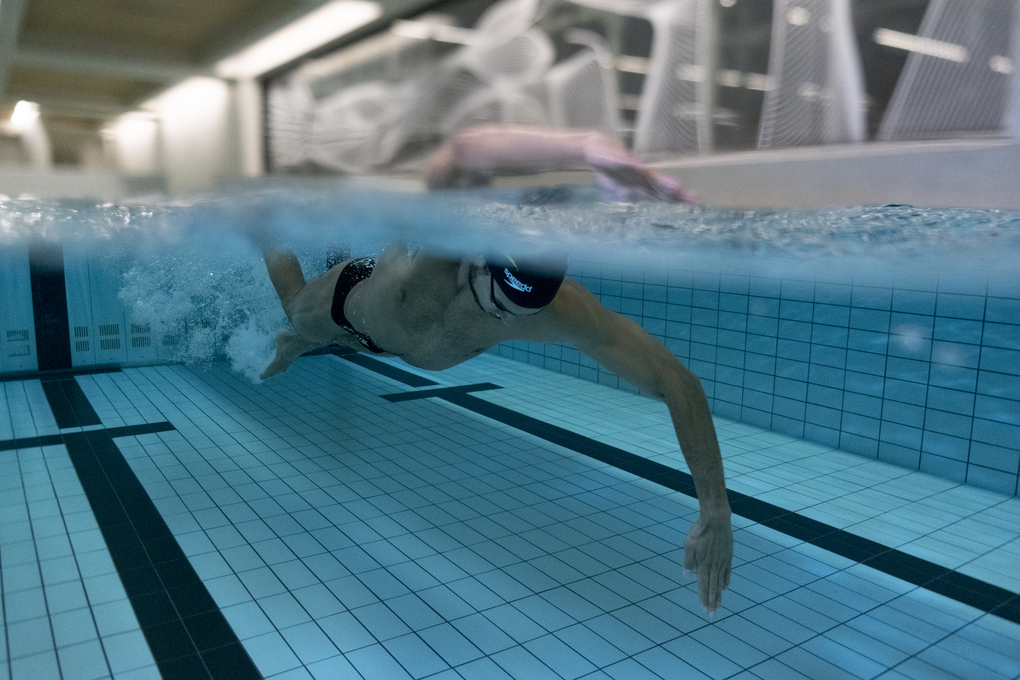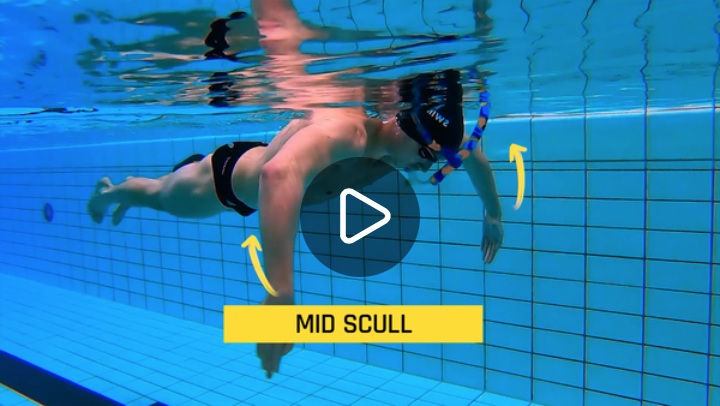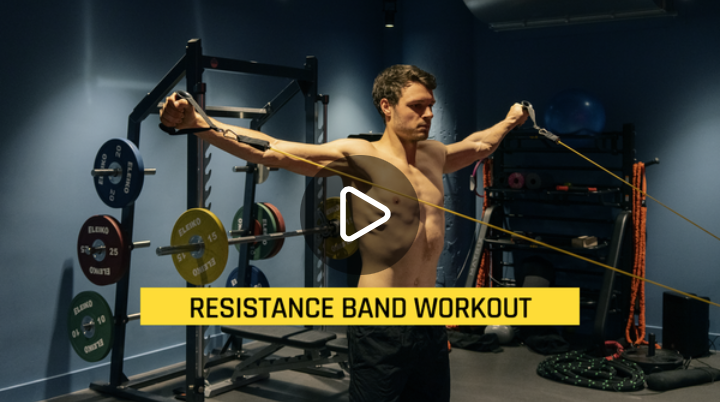Swimming blog - 3 steps to improve your freestyle pull-through
A powerful pull-through is a very sought-after skill in freestyle. It’s the skill that makes you go fast. 80% of your speed is determined by it. Luckily, it’s one of the easier skills to master. Look no further as we show you how in just three simple steps.
The pull-through is the most powerful phase of the freestyle stroke. It’s starts after the catch when the hand is almost in line with the shoulder. Technically it is the easiest part of the stroke. Unfortunately, it comes after the most technical part, the catch. Because of this you may tend to pull-through sub optimally. This can lead to a heavy feeling in your stroke or the feeling of slipping through the water.
The pull-through is a combination of skill, muscle power and hand speed. To execute the pull-through one needs to make sure that the hand is facing backwards. You want to push the water backwards to get the best result. The hand being in any other position is just not going to deliver the outcome you want and waste your valuable energy.
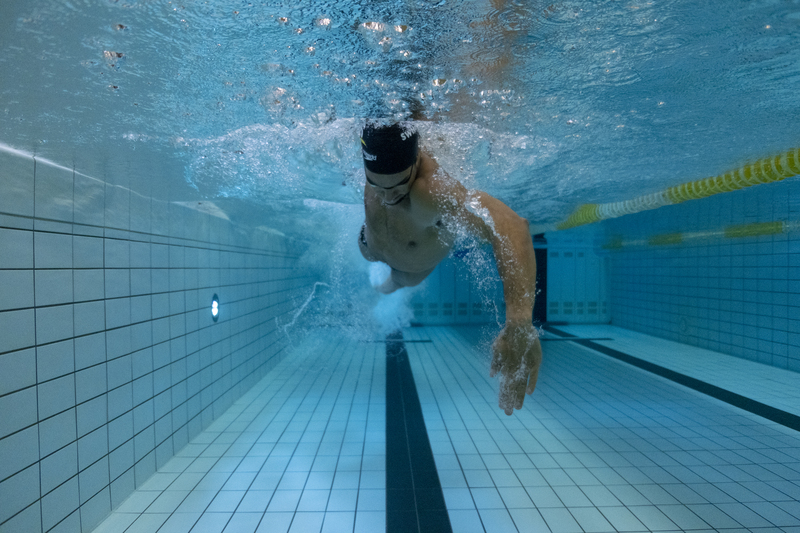
Having the hand perfect is a start, but if you don’t have the power to accelerate the hand, speeding up will not be possible. Using power in the water takes practice and we have some great exercises for you below.
The pull through requires skill, power and practice. Let's take a deeper look at these three steps.
Step 1: Drill for the Skill
Using drills improves the skill dramatically. We always recommend including a skill practice element in every training. It is the reason why we start every workout with a skill set. For the pull-through, sculling in the front, mid and back position are the most important drills. Take a look at our how-to tutorials on these sculling drills.
Sculling in the front position promotes feel for the water. You will be able to feel the water pressure, which ensures a good pull-through. Sculling in the mid position promotes hand speed and hand positioning, and as discussed, these two are vital. Sculling in the back position promotes grip on the water at the push out and muscle power in the triceps when the drill is done quickly. This is the muscle that will be used to push the water backwards consistently, and therefor needs to be trained inside and outside of the water.
Step 2: Dryland Builds Muscle Power
Training the pull-through muscles on land happens at Dryland Training. Include trainings that builds a strong back, chest, triceps and core. These are swim specific muscles that need to be strong to manage the load during swimming. You can do this by incorporating pull-ups, push-ups, triceps dips, Sphinx push-ups and core training in your weekly strength training program.
We have fun and detailed dryland training programmes on SwimGym.com, go check it out. Dryland training is a great way to build the muscles necessary to improve your pull-through, but you also need to practice how to use them in the water.
Step 3: Playful Practice
So how do you learn to use the stronger muscles in a specific pull-through manner? Well, there are a couple of fun ways. It's all about playing around and using different training methods. For instance, when you are warming up, make your strokes long and focus on the last bit of the pull-through. This will activate the triceps and focus the mind on pushing all the way to the back of the stroke and keep your stroke long and smooth.
Use paddles. Paddles come in many shapes and forms. Use them to increase the surface area of your hand and help you practice the pull-through. Paddles are a great way to make the needed pushing muscles bigger and stronger. The useful but frustrating thing about paddles is that they give great feedback on the pull-through. If your pull-through isn’t great, you will struggle to get your hand out of the water in the back for the recovery. They are also a great tool to pimp up the pull-through. If you are not a pro swimmer, use paddles in moderation, as they do put more load into the shoulders, and you don’t want to injure those precious shoulders.
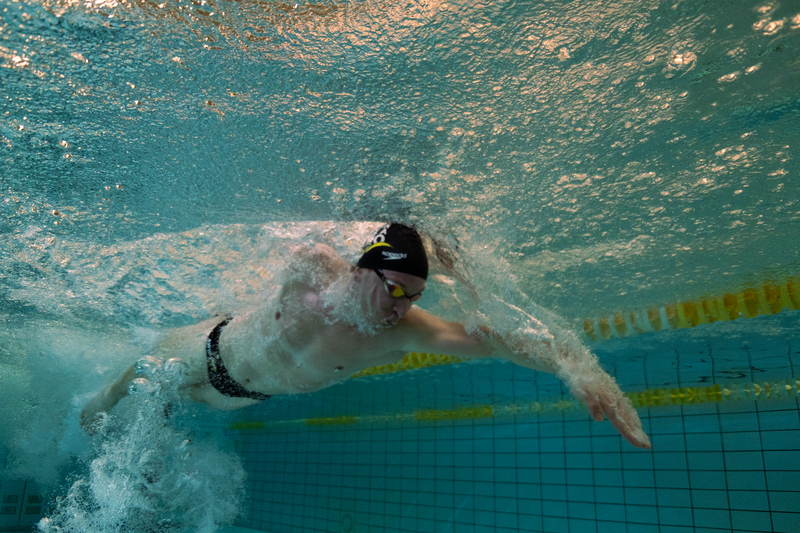
Increasing hand speed is most easily practiced by sprinting. Sprinting demands that you push the water away quicker. The faster you go the better the pull-through. You automatically increase your hand speed when you include some sprinting in your set. Sprinting demands more from your body, so incorporate it often, but in small doses. Take a look at our favourite sprint sets to bring your pull through to the next level. Do this once or twice a week in your training and see your pull-through improve and with it your speed.
Remember that swimming is a convergence of technique, power and practice and all three elements need to be included in your weekly training. A powerful pull-through makes us go fast and is the easiest part of the stroke and so the easiest part to master early on in your swimming career. We hope that these three steps will give you shark like speed and much more fun in the water.
